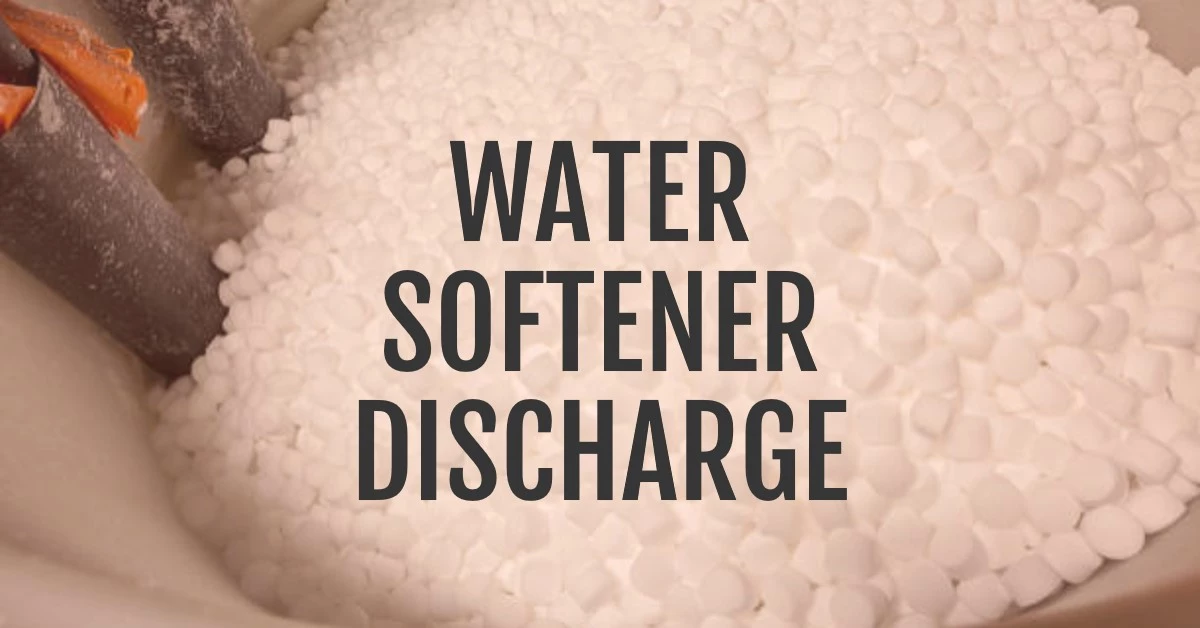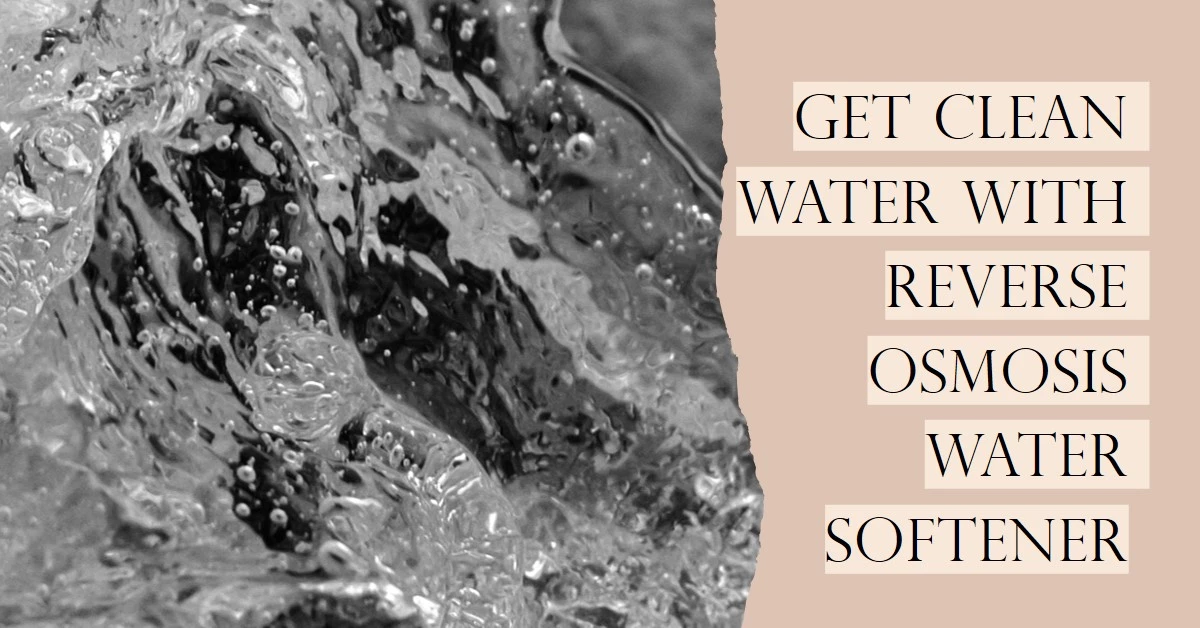As a homeowner, you know how important it is to have clean, soft water. But did you know that water softeners can produce brine as a byproduct? Brine is the salty wastewater that is discharged into the wastewater system after the water softener system has removed hard minerals from your water. In this article, we will discuss how much discharge a water softener produces, its environmental impact, and how you can mitigate its effects.
What is Water Softener Discharge?
Before we dive into how much discharge a water softener produces, let’s take a closer look at what water softener discharge is. Water softeners are designed to remove hard minerals from water, which can cause scaling and other issues. When hard water flows through the water softener system, it passes over a resin bed containing salt. The salt ions replace the hard mineral ions in the water, and the hard minerals are washed away in the brine. The brine is then discharged into the wastewater system.
How Much Discharge Does a Water Softener Let Out?
The amount of discharge produced by a water softener can vary depending on several factors, such as the size of the system, water usage, and regeneration frequency. Generally, a properly set up water softener regenerates one to three times per week and produces between 40 and 150 gallons of brine per week. However, if the water softener is not set up correctly, the amount of brine produced can be much higher.
Let’s break down the factors that affect the amount of discharge produced by your water softener system:
System Size
The size of your water softener system is directly proportional to the amount of discharge it produces. A larger system can handle more water and minerals, resulting in more discharge. It’s important to size your water softener system based on your household water usage to minimize the amount of discharge produced.
Water Usage
Your household water usage also affects the amount of discharge produced by your water softener system. The more water you use, the more often your water softener system will need to regenerate, resulting in more discharge. To minimize the amount of discharge produced, be mindful of your water usage and consider investing in water-saving fixtures.
Regeneration Frequency
Regeneration is the process of replenishing the resin bed with salt to continue removing hard minerals from the water. The frequency of regeneration depends on the size of the system and the household water usage. A properly set up water softener system regenerates one to three times per week. If your system regenerates more frequently, it can result in more discharge being produced.
Understanding the Impact of Water Softener Discharge
Water softener discharge can have a significant impact on the environment if it is not managed properly. The brine can contain high levels of salt, which can harm soil, plants, and wildlife. It can also negatively impact septic systems and groundwater quality.
To minimize the environmental impact of water softener discharge, consider the following:
Proper Sizing
Properly size your water softener system based on your household water usage. A larger system may produce more discharge, but it can handle more water and minerals, resulting in less frequent regeneration and less overall discharge produced.
Regeneration Frequency
Regenerate your water softener system at a frequency appropriate for your household’s water usage. Over-regenerating your system can result in more discharge being produced. Consider investing in a system with a metered control valve to monitor and adjust regeneration frequency based on water usage.
Alternative Salt Options
Consider using alternative salt options such as potassium chloride instead of sodium chloride to reduce the amount of salt in the discharge. Potassium chloride is a more environmentally friendly option that can still effectively remove hard minerals from water. Additionally, some water softeners can be set up to use less salt, resulting in less discharge being produced.
Proper Disposal
Properly dispose of the brine produced by your water softener system. Avoid discharging it directly into the wastewater system or septic tank. Instead, consider diverting the brine to a separate holding tank and disposing of it properly, such as through a local hazardous waste facility. Some municipalities have regulations on how water softener discharge should be disposed of, so be sure to check with your local authorities.
Key Takeaways
Water softener discharge is an inevitable byproduct of the water softening process, but its impact can be managed with responsible use and proper disposal. By properly sizing your water softener system, monitoring regeneration frequency, and using alternative salt options, you can minimize the amount of discharge produced and reduce its environmental impact. Remember to always dispose of the brine produced by your water softener system properly. With these steps, you can enjoy the benefits of soft water without negatively impacting the environment.



